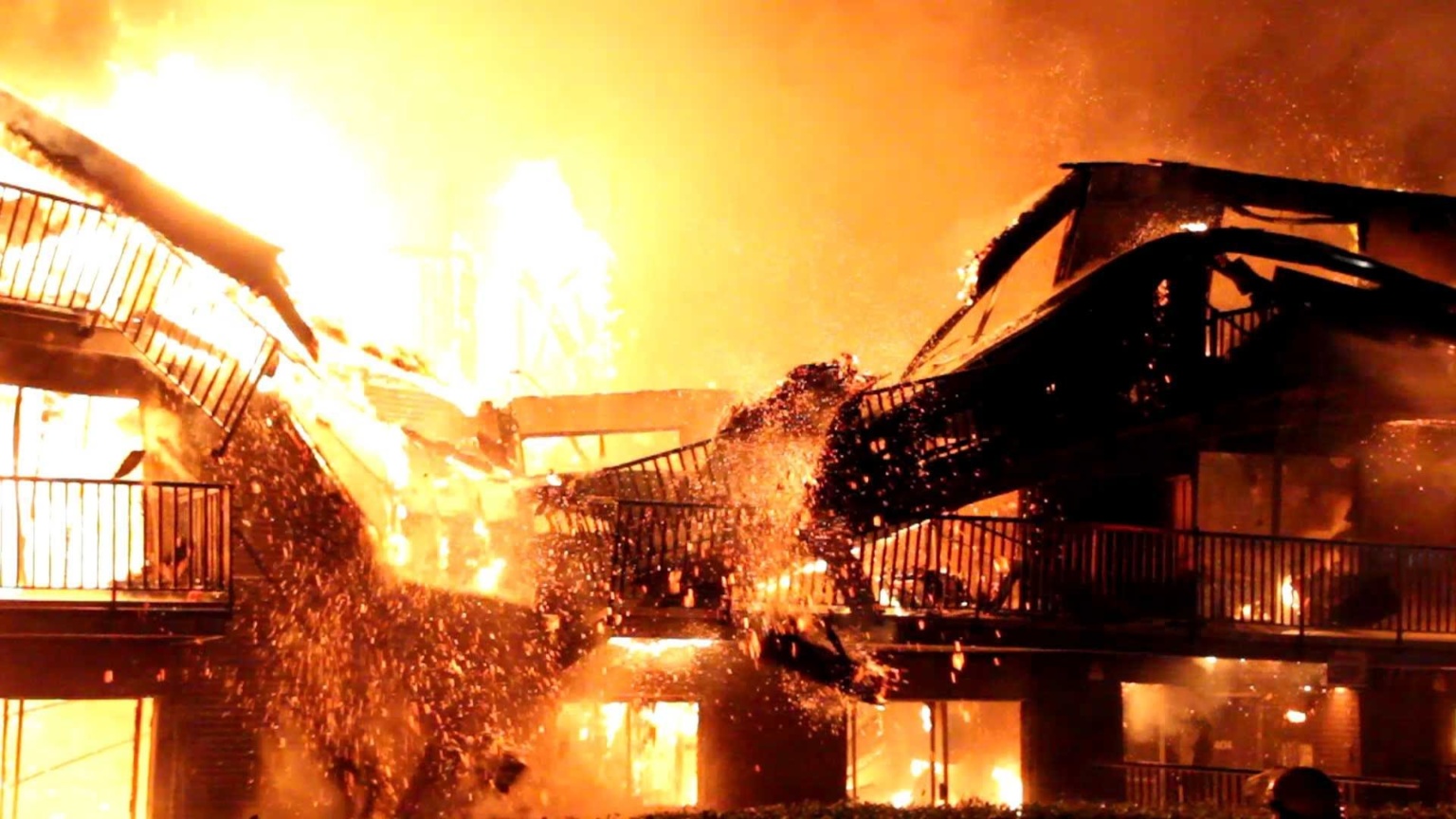FRL’s are expressed in the BCA as 3 numbers in the form xx/yy/zz. What does this mean?
FRL is the acronym for “Fire Resistance Level”. This is a physical property that describes how well a building element resists the spread of fire within a building.
The three figures represent: Structural Adequacy, Integrity and Insulation – they are always expressed in that order, and the unit of expression is minutes. So in the above expression of xx/yy/zz – the element in question would provide a fire resistance level of:
- xx minutes in respect of Structural Adequacy
- yy minutes in respect of Integrity
- zz minutes in respect of Insulation
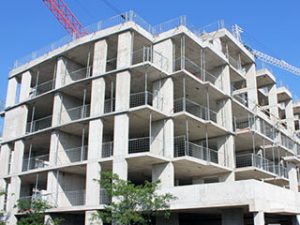
Structural adequacy
Structural adequacy – is a measure of how long an element will sustain load whilst exposed to fire. If you can imagine a steel column serving a load-bearing function. As the temperature of steel rises (which it would do when exposed to a fire), the steel gets softer. It will reach a point when the steel is unable to sustain the structural load that is imposed upon it, and the column will fail. How long it takes to do this is the columns “structural adequacy” resistance to the spread of fire.
Non-load-bearing elements do not require this parameter. So you will often see FRLs expressed as “-/yy/zz”. This simply means that there is no requirement for structural adequacy. This usually happens in respect of elements that provide protection to an opening in a fire resisting element – such as a door in a firewall (commonly doors have an FRL of (-/60/30).
Integrity
Integrity – is a measure of how long a building element stays in one piece and does not open up by cracking, or have a hole burn through it – so that there is an open passage for flame and hot gases to pass through the element. If you can imagine a brick wall exposed to a fire. It will heat up more quickly on the side exposed to the fire than on the non-fire side. This differential heating will cause differential expansion (it will expand more on the hot side, than the cold side) and the brick wall will bow towards the hot side (because that side is longer). With this happening, the bed and perpend joints of the brick wall are likely to open up. Eventually, they will open sufficiently to allow hot gases and flame to pass through them. In this case, the wall will have now failed – in terms of its integrity. Similarly, other barriers will simply fail as the fire progressively burns through them, and the fire burns a hole through them, allow itself to pass through the barrier.
This parameter is only applicable to elements that separate fire compartments (eg fire walls, or walls around ashaft). It does not apply to columns which are supporting structure above and can be exposed to flame all around them. So you will see (usually columns) expressed as xx/–/– – meaning the column requires no resistance in terms of either integrity or insulation.
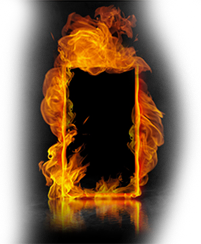
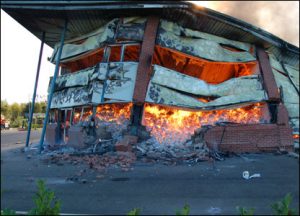
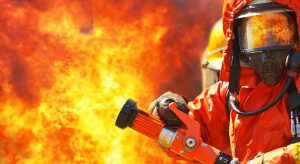
Insulation
Insulation – is the measure of how long a building element is able to resist the passage of heat through itself in order to keep the non-fire side of the wall cold enough so that it does not cause ignition of combustibles in contact with the non-fire side. If you can imagine a steel barbeque plate:
- first of all, place a tissue on it – note that it does not ignite
- now turn on the barbeque – the tissue still does not ignite
- wait for a while, and the tissue will eventually ignite – even though there has been no direct flame contact between the tissue and any flame
This has been a failure in insulation. The steel barbeque plate has permitted enough heat to pass through it so that a combustible in contact with it has reached ignition temperature. The same can happen with a building element. The criteria for failure is generally when the ambient temperature on the non-fire side reaches 180º C.
Insulation applies to elements that serve a barrier function – so like integrity – it will often not be specified for a load-bearing element – such as a column.
Insulation is also the most difficult criterion to satisfy, and many elements will fail under insulation before they fail under integrity or structural adequacy. For this reason, insulation is often listed as a lesser value than either integrity or structural adequacy – and requirements such as 120/60/30 are commonly seen.
Fire doors are the most notable, and are often expressed as -/60/30. This means that they are non-load bearing, so have no requirement for structural adequacy. And that they must resist having a hole burn in them for 60 minutes, yet need only resist heat passing through them for 30 minutes. This is because fire doors are generally associated with circulation ways, and it is not likely that there will be combustible goods in contact with the other side of a fire door.
